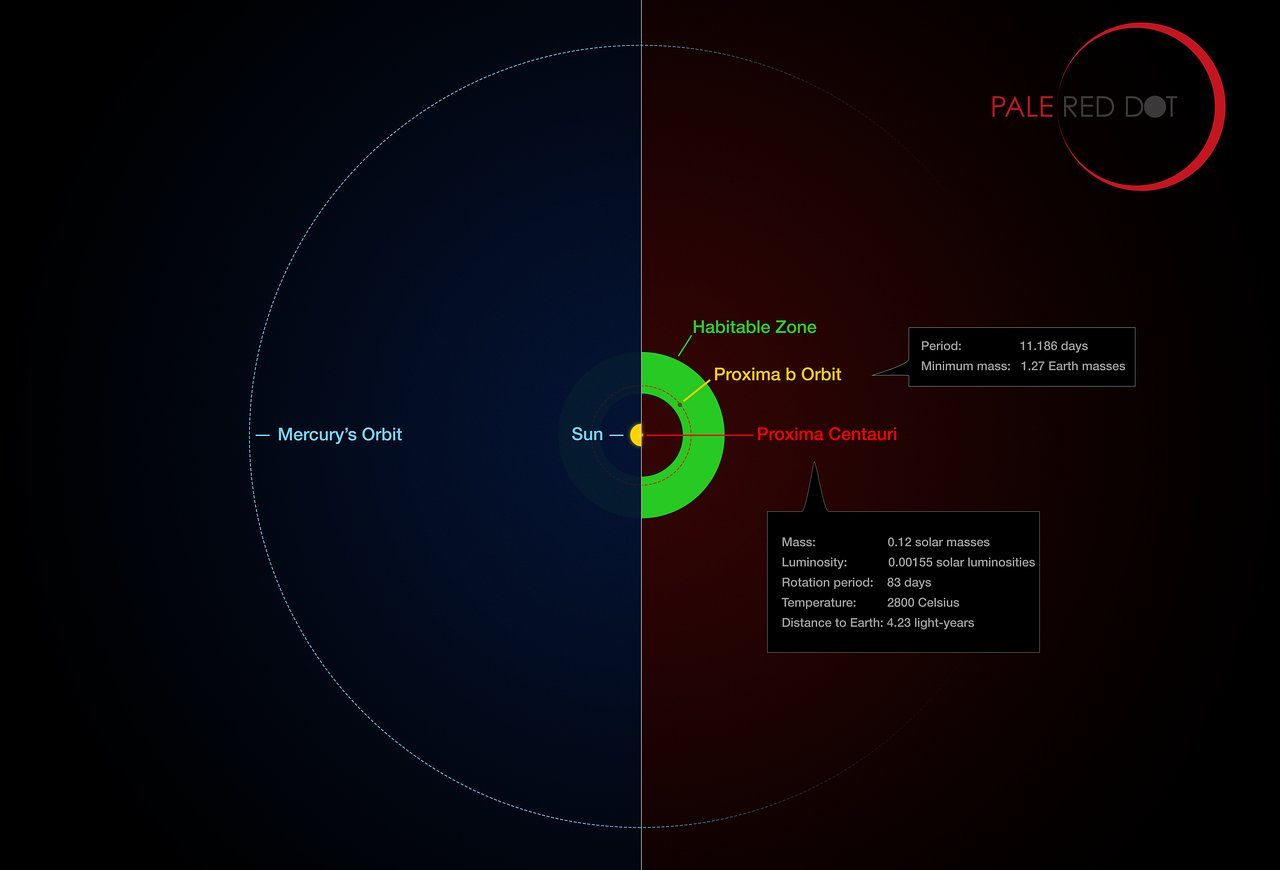SUMMARY
This is AI generated summarization, which may have errors. For context, always refer to the full article.

MANILA, Philippines – Could an Earth-like planet be just outside our own Solar System?
This was the possibility raised Wednesday, August 24, by the revelation of scientists that they have confirmed the presence of an exoplanet orbiting the star nearest our Sun – and that it has the elements that could possibly support life.
A rocky planet has been discovered to be orbiting Proxima Centauri, the star nearest our Solar System, and has been named by scientists Proxima b.
Proxima b is described as a rocky planet that is just a little bigger than Earth, at 1.3 times its mass, and it orbits its parent star every 11.2 days.
Scientists said the exoplanet is closer to its parent star than Mercury is to the Sun, at a very close 7 million kilometers.
But with the fact that Proxima Centauri is a red dwarf – thus way cooler and fainter compared to the Sun – Proxima b lies within a so-called “habitable zone.”
This distance from its parent star makes it have an estimated surface temperature that would have allowed liquid water to form, according to the European Southern Observatory (ESO) in a media release.
However, due to its relatively close distance to its parent star, ultraviolet and x-rays could have significant effects on Proxima b’s surface.
And with Proxima Centauri – part of the constellation Centaurus and literally outshined by its stellar neighbors, the twin stars Alpha Centauri AB – just over 4 light-years from us, Proxima b is the closest exoplanet to our own planet ever discovered.
This discovery was made possible by the work of several teams of astronomers around the world, both professional and amateur.

Among the teams that helped in the discovery were scientists from ESO; the Pale Red Dot campaign led by Guillem Anglada-Escudé of Queen Mary, University of London; as well as other researchers working around the world.
They discovered it by observing and analyzing the star using the changes in Proxima Centauri’s light spectrum. The scientists observed that there was a periodic shift in how Proxima Centauri moved towards and away from Earth, and the changes in the star’s radial velocities revealed the presence of Proxima b.
ESO said the study on Proxima b – which has been on the radar of scientists as early as 2000 but has only been confirmed now – has just begun. In the coming years scientists will be using the next generation of giant telescopes to analyze this very close exoplanet.
“Proxima b will be a prime target for the hunt for evidence of life elsewhere in the Universe,” ESO said.
The study was published in the journal Nature.
Astronomers around the world are on an active hunt for exoplanets, or planets orbiting other stars outside the Solar System.
One of the most recent “Earth-like” exoplanets discovered was Kepler 452b, announced by scientists in July 2015. It was discovered by the NASA Kepler mission, and was identified to be orbiting a star “very similar” to our Sun, orbiting at a distance similar to how Earth orbits the Sun.
Just this July, NASA said they have found 104 new exoplanets. As of August 16, there are 3,515 known exoplanets, according to Exoplanet.eu. – Rappler.com
Add a comment
How does this make you feel?
There are no comments yet. Add your comment to start the conversation.